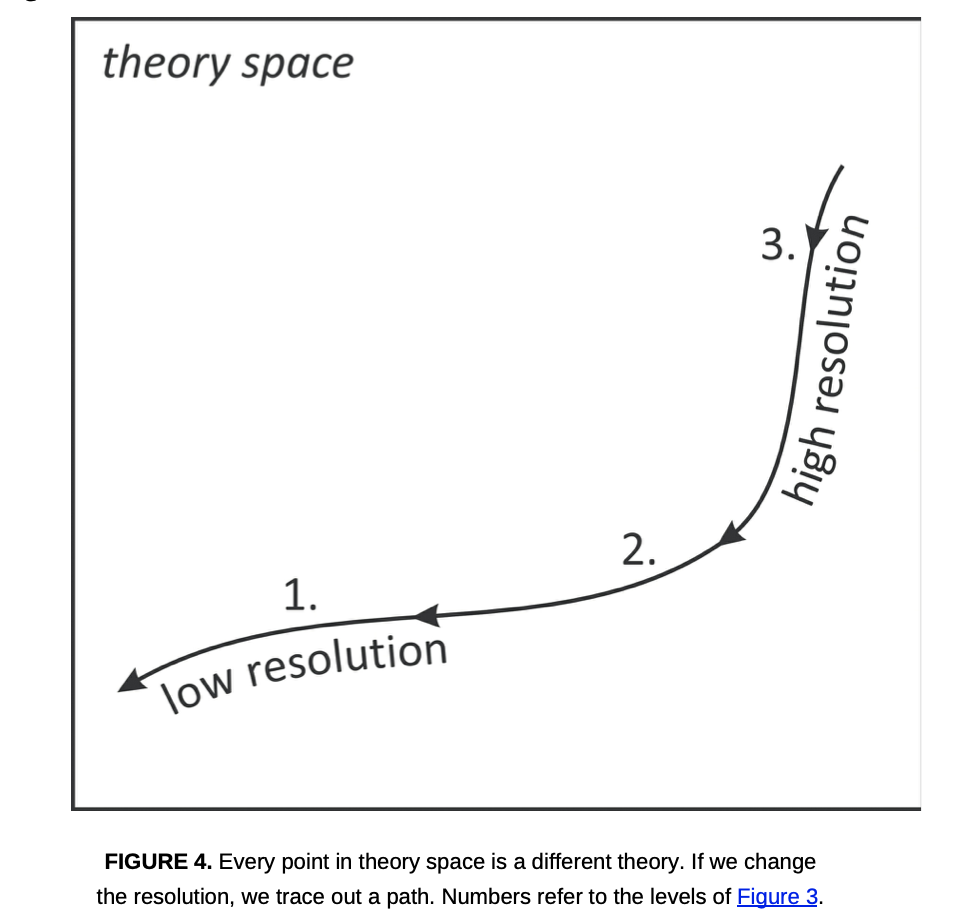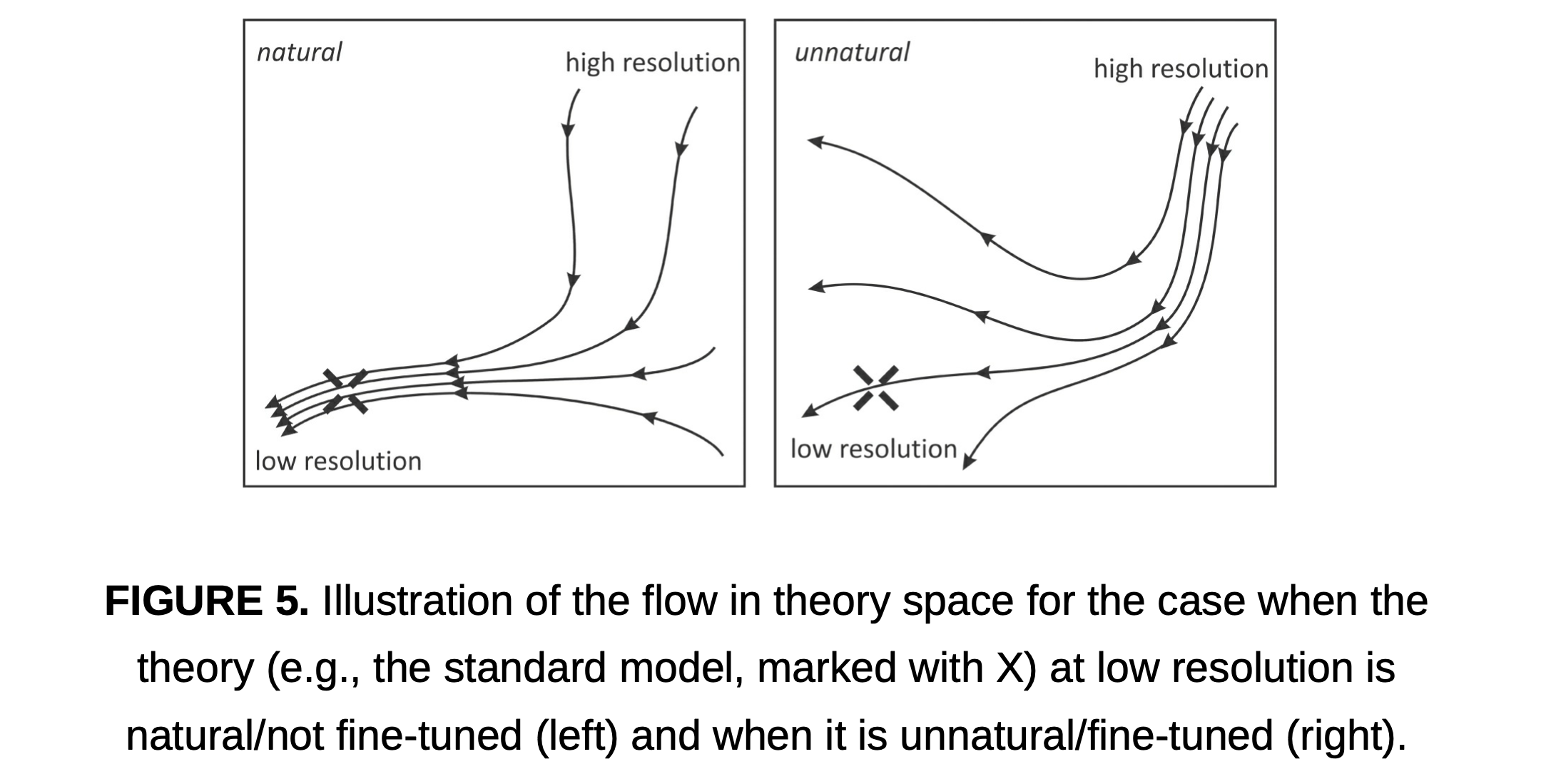Physics Lournal
Powered by 🌱Roam GardenChapter Two: Counterinduction
We may (and necessarily must) make use of contradictory axioms and theories to advance Science.
To examine this, we must observe the effect of counterinduction. Consider that experience, facts, or data, measure the success of our theory, whereas disagreement maligns it: this is the empirical process at work. Counterinductively, we confidently elaborate theories and axioms that are in conflict with scientific orthodoxy.
This gives rise to the following questions:
Is counterinduction more reasonable than induction?
Are there circumstances favouring its use?
What are the arguments for it?
What are the arguments against it?
Is perhaps induction always preferable to counterinduction?
Evidence that contradicts a theory, usually requires an incompatible alternative to generate that evidence: to use alternatives only when they've discredited mainstream beliefs defeats the purpose.
Additionally, contrast, as well as analysis, is a tool needed to expose the pure structure of a theory, requiring a scientist to assume a pluralistic methodology, a number of competing theories with which he can sharpen the one he's pursuing.
The scientist must compare ideas with ideas, as opposed to ideas and evidence.
Currently physics is a pluralist (dualist) field, if you think about the The Standard Model and General Relativity.
Because of this, the forward march of progress is no single, unifying path, where all the conflicts of theories are dissolved, but rather a number of interwoven paths that exist simultaneously and rightfully.

